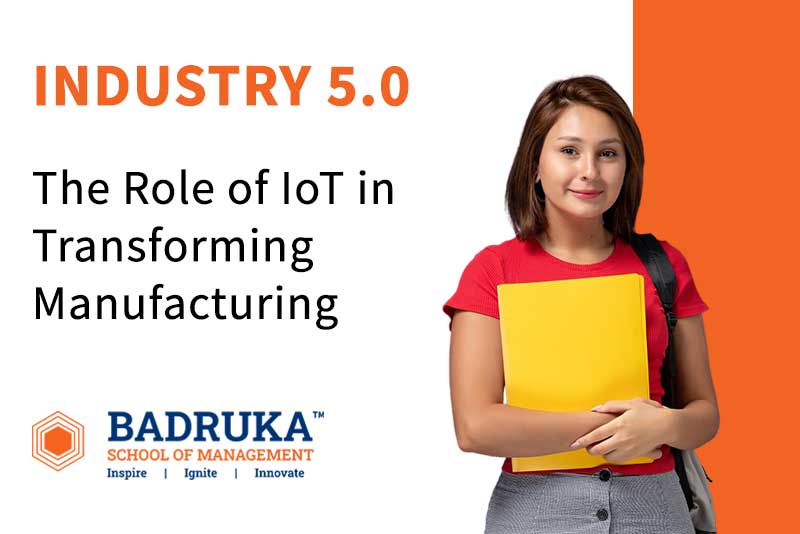Introduction
In the era of Industry 5.0, the fusion of the physical and digital realms is revolutionizing manufacturing. At the heart of this transformation lies the Internet of Things (IoT), a network of interconnected devices that communicate and exchange data. In this article, we delve into the pivotal role of IoT in reshaping the manufacturing landscape.
Understanding Industry 5.0
Industry 5.0 represents the next phase of industrial evolution, characterized by the seamless integration of humans and machines. Unlike its predecessors, Industry 4.0, which focused on automation and data exchange, Industry 5.0 emphasizes collaboration between humans and smart technologies to drive innovation and sustainability.
IoT in Manufacturing
In Industry 5.0, IoT plays a central role in connecting machines, sensors, and processes across the manufacturing value chain. By harnessing the power of IoT, manufacturers can gain real-time insights into their operations, optimize processes, and enhance decision-making.
Benefits of IoT Adoption
The adoption of IoT in manufacturing brings a myriad of benefits. From improving operational efficiency and enhancing productivity to reducing costs and waste, IoT-enabled solutions are driving tangible value for manufacturers. By leveraging IoT data analytics, companies can identify inefficiencies, predict maintenance needs, and streamline workflows.
Challenges and Solutions
While the potential of IoT in manufacturing is vast, it is not without its challenges. Security concerns, interoperability issues, and scalability constraints pose significant hurdles for widespread adoption. However, innovative solutions such as blockchain-based security protocols, standardized communication protocols, and edge computing are addressing these challenges and paving the way for IoT integration at scale.
Real-life Examples
Numerous companies are already reaping the rewards of IoT implementation in manufacturing. For instance, General Electric utilizes IoT sensors to monitor equipment performance and optimize maintenance schedules, resulting in significant cost savings and reduced downtime. Similarly, Siemens has implemented IoT-enabled predictive maintenance solutions, enabling proactive equipment servicing and minimizing disruptions.
World Economic Forum: Industry 4.0 and the Factory of the Future(https://www.weforum.org/videos/series/the-future-of-manufacturing/)
Siemens: Digitalization in Manufacturing(https://www.sw.siemens.com/en-US/technology/digital-manufacturing/)
Future Trends
Looking ahead, the future of IoT in manufacturing is filled with promise. Advancements in edge computing, artificial intelligence, and 5G connectivity will further accelerate the adoption of IoT solutions. From autonomous factories to personalized products, Industry 5.0 holds the potential to transform the manufacturing landscape in profound ways.
Conclusion
In conclusion, IoT is a driving force behind the transformation of manufacturing in Industry 5.0. By harnessing the power of IoT-enabled technologies, manufacturers can unlock new levels of efficiency, productivity, and innovation. As we embark on this journey towards the factory of the future, embracing IoT will be essential for staying competitive in an increasingly digital world.
As Industry 5.0 reshapes manufacturing, professionals need to equip themselves with the knowledge and skills to navigate this intelligent future. Institutions like Badruka School of Management (BSM) offer programs designed to address this need. Their AICTE-approved 2-year PGDM program provides a comprehensive curriculum that prepares graduates for success in the evolving manufacturing landscape.
For a closer look at the program’s curriculum and its potential benefits, visit the BSM PGDM Curriculum.




